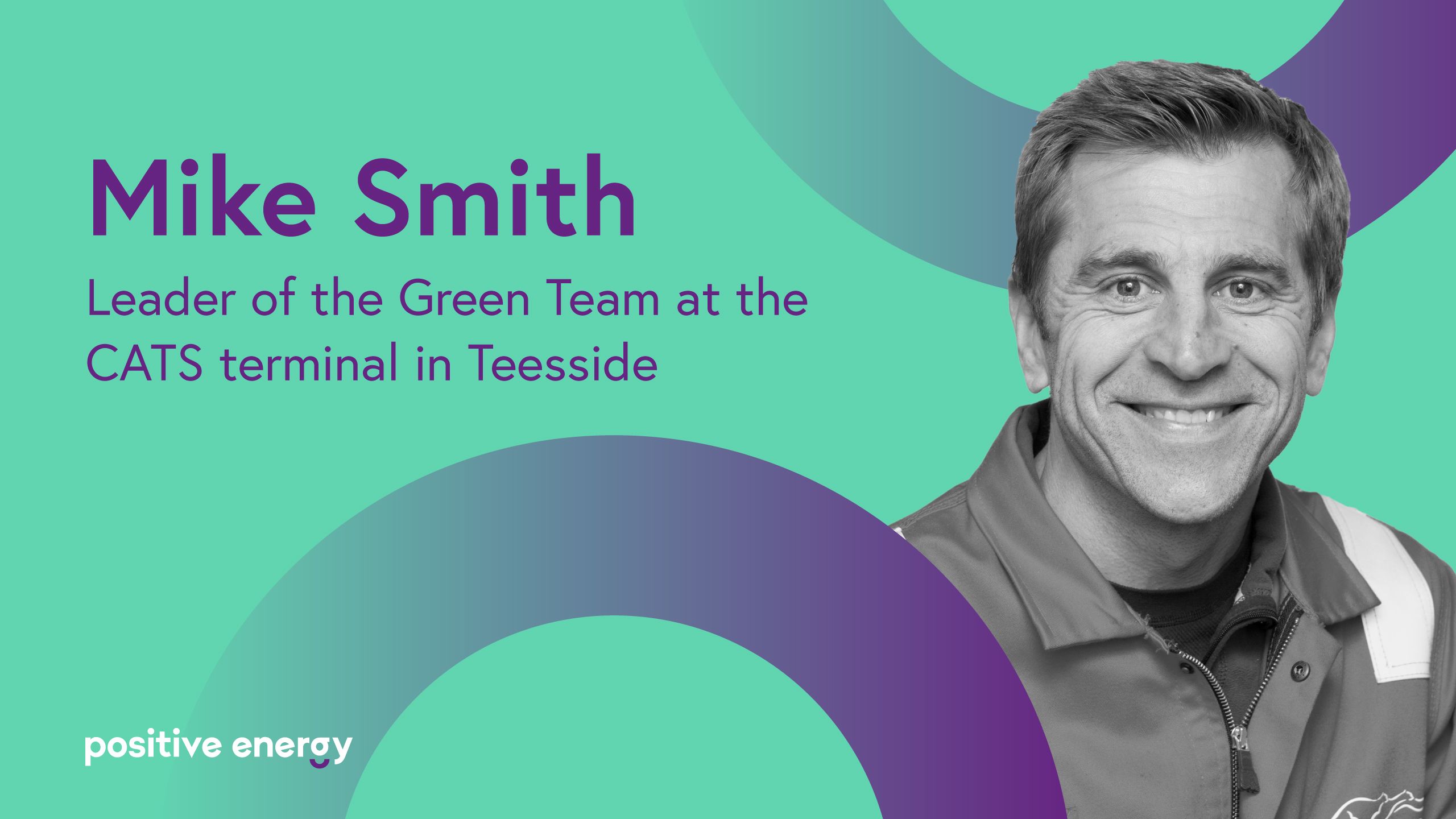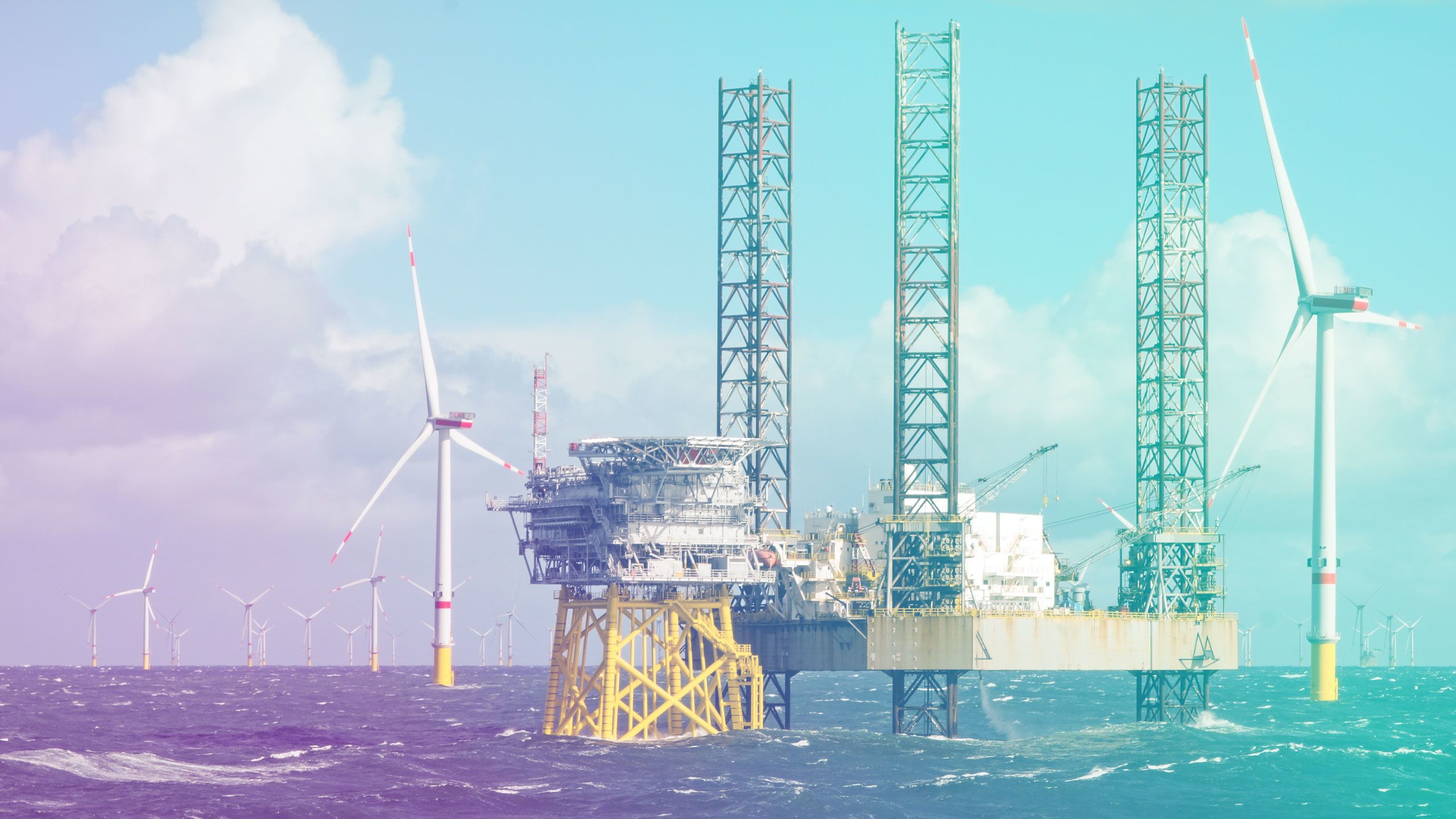
Mike Smith is a green leader in the energy industry, championing the importance of environmental performance in everyday operations while also helping reintroduce a species of butterfly to northern England after more than 100 years.
I work within the ‘Green Team’ at a place called The Central Area Transmission System – better known as CATS – which takes gas from the North Sea to a processing terminal in Teesside. I’ve worked there since 1999, with the Green Team coming into existence a couple of years before that.
It’s a perfect fit for me. I’ve been passionate about wildlife and the environment all my life and was really keen to get involved with the team, which I’ve been proud to lead since 2003. At present, we have 11 members, all volunteers equally passionate about using our skills to create a cleaner, greener future.
It’s extremely rewarding. You can see how simple changes can make a positive difference on our environmental performance. For example, we eliminated the use of disposable plastic cups on site. Each and every time I see someone use a refillable water bottle, I’m filled with pride that we made that simple change to become more sustainable.
Everyone on the team is empowered to act as an environmental conscience for CATS, and we work closely with the leadership team to identify improvements and reduce our impact on the environment.
One of our key initiatives is our Biodiversity Action Plan. Working with Industry Nature Conservation Association, and charities like Buglife and Butterfly Conservation, we maintain and develop habitats that benefit native species of plants, invertebrates and animals. Our crowning achievement was reintroducing the Small Blue butterfly to CATS in 2019. Previously a native species, it hadn’t been bred in the North East for more than a century! We also hosted two beehives on site this year, and planted a wildlife garden outside of our central control room.
As you’d expect, we are also big on reducing our emissions. To help achieve this, we introduced a procedure to carry out regular monitoring of our flare valves using a thermographic camera.
We’ve also installed smart meters on our mains electricity supply, allowing us to maximise the amount of electrical power we produce on site in turn reducing our indirect CO2 emissions.
There’s still so much more to do, but we are making significant strides – I’m excited to see how we continue to improve our environmental performance in 2021 and beyond.
How you can have your say
We need reasons to be hopeful, and we hope you’ll find them while exploring our site. We’d love to hear any feedback, stories or questions you have as you join us on this journey.
Get in touch at support@positiveaboutenergy.com

